
St. George's Square (Szent György ter) is one of the main squares in the area of Buda Castle (Buda Castle).
The area is located on the Castle hill, in its southern part, near the Northern buildings of the Royal Palace.
In the middle ages the area was a prominent place in the city of Bodø.
Today, St. George's square is one of the main, the largest and most visited squares of the Buda castle.
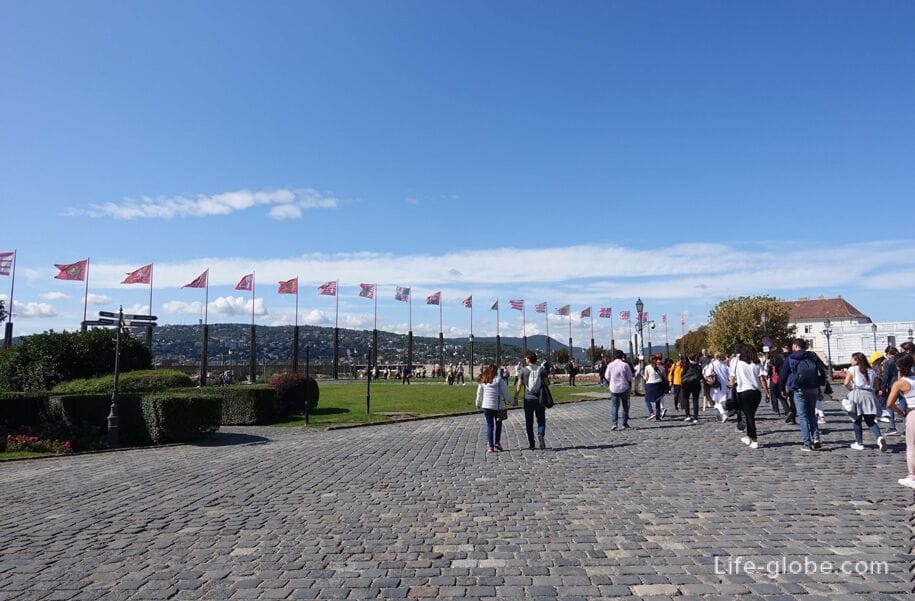
In the Western part of the square you can see the historic remains of the former buildings and walls.
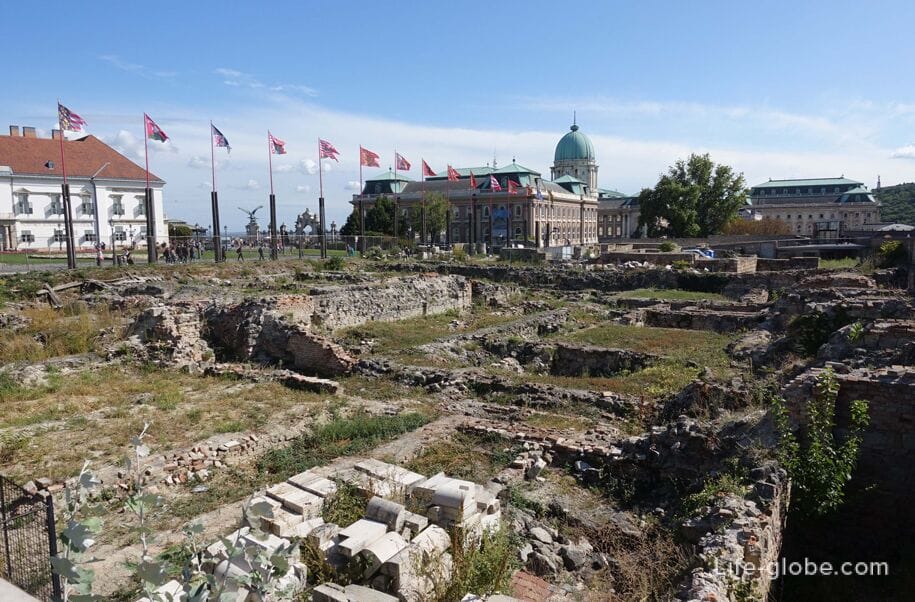
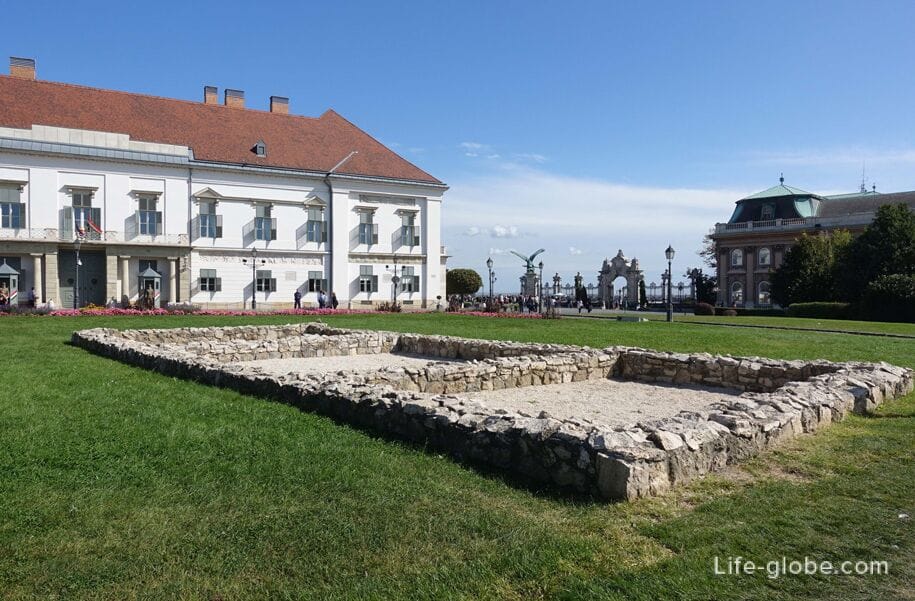
In the Eastern part of the area is remarkable:
- the Palace of Sandor (Sandor Palace, the Hungarian name Sandor-palota), also known as the Alexander Palace.
The Palace was built between 1803 and 1806 in neo-classical style by the architect mihály Pollack for count Sandor.
The building was almost completely destroyed during the Second world war and has long been used as Museum warehouse. Restoration work was carried out in 1989 - 1990 and 2000 - 2002.
The interiors of the Palace reflect its original state since 1806, and the atmosphere - the period between the two world wars.
In accordance with the Law adopted by the Parliament on 5 November 2002, the Alexander Palace serves as a place of accommodation of the President of the Republic of Hungary and the office of the President.
Very rarely, the Palace opens its doors to the public, for example, on some weekends during the summer months and during the exhibitions.
The facade of the Sandor Palace is decorated with bas-reliefs over the main entrance is the coat of arms of the Kingdom of Hungary, the Western and southern sides of the entrance light green door is guarded by an honor guard.
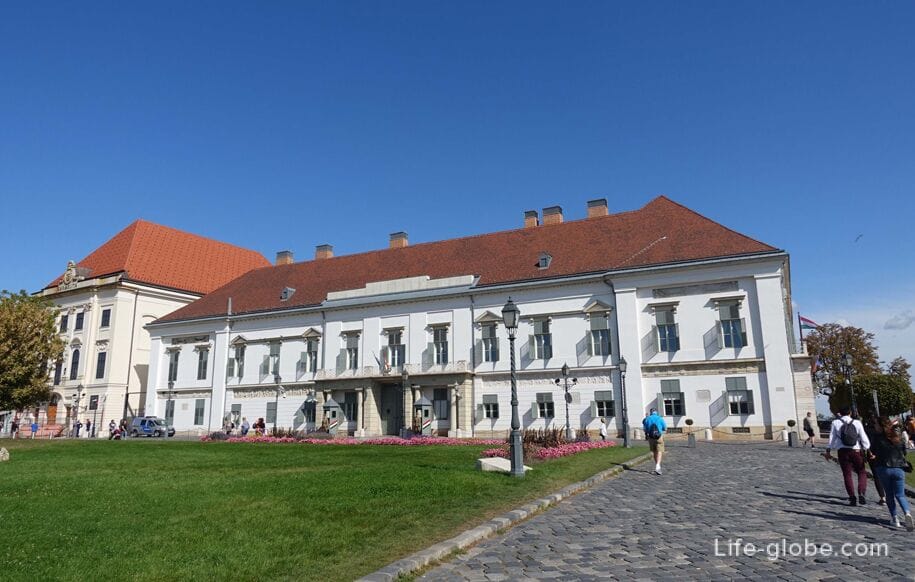

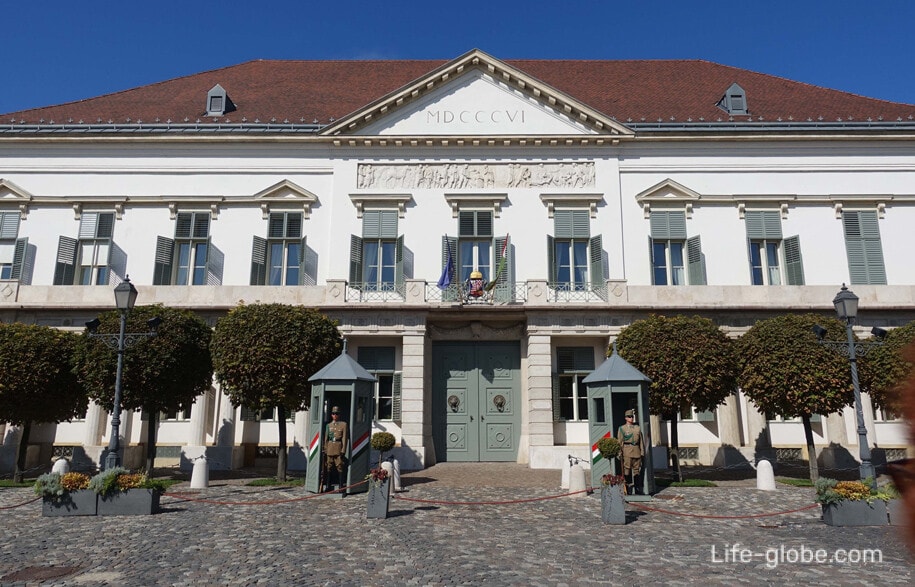
The interior of the Sandor Palace

- the building of the castle theatre or the court theatre of Buda is a former Carmelite monastery (the Court Theatre of Buda, the Hungarian name Varszinhaz), built in 1763, the Franciscan Church is dedicated to St. John and built in the years 1269-1270, and during the Turkish occupation, converted into a mosque and destroyed during the siege of Buda in 1686.
In 1787 the monastery was converted into a theatre with a capacity of 1,200 people. The castle theatre was the first permanent theatre in Buda. This is the only building of the Hungarian theatre of the 18th century.
The first reconstruction of the building took place in 1815, the second in 1854. During the First world war, between 1914 and 1918, the building functioned as a military warehouse, then it was reconstructed and was used as a theatre for several years. However, in 1924, was closed. In 1945, during world war II, the building was damaged, and its structure was restored in 1947.
In 2016, was launched overhaul of the building to relocate the office of the Prime Minister.
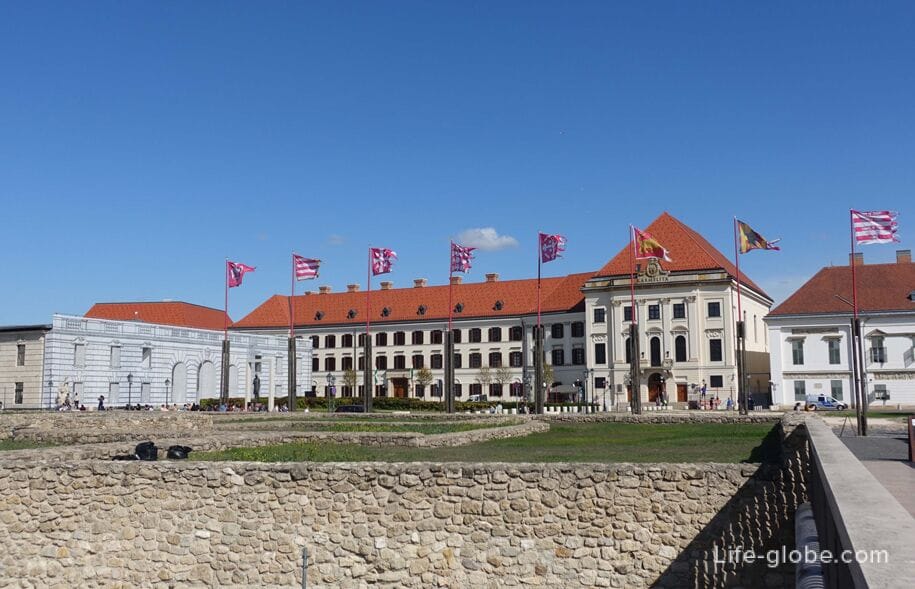
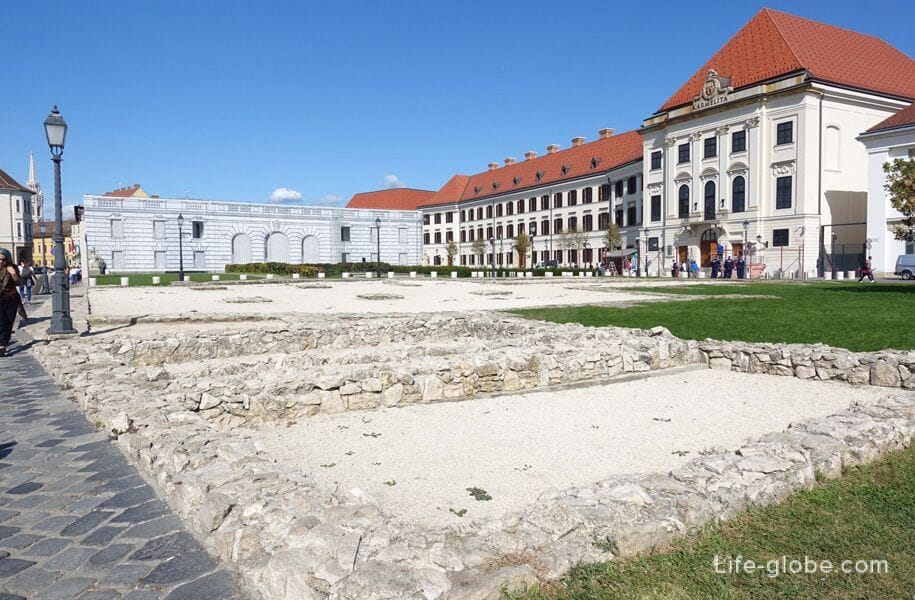
In the North-Eastern part of the square stands the monument to Arthur Gergely (Görgey-decent example), the Hungarian military leader and revolutionary.
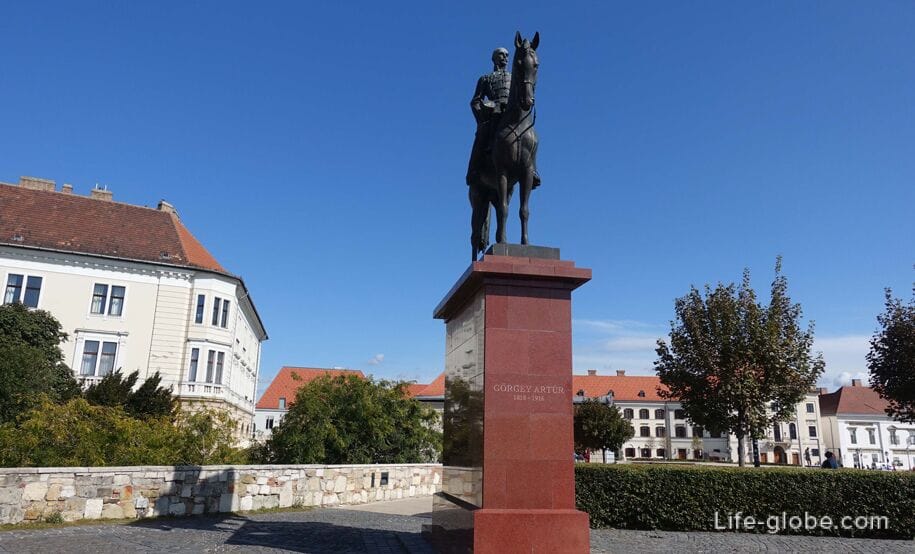
In the South-Eastern part of the square, near the Sandor Palace, is the upper platform of the funicular to the Castle hill (Budavari siklo) of the 19th century. The lower cable car station located at the West side of Chain bridge, near the Zero kilometer in the Adam Clark square (Clark Adam ter).
Tariffs and opening hours the funicular is better to check before visiting on the website.
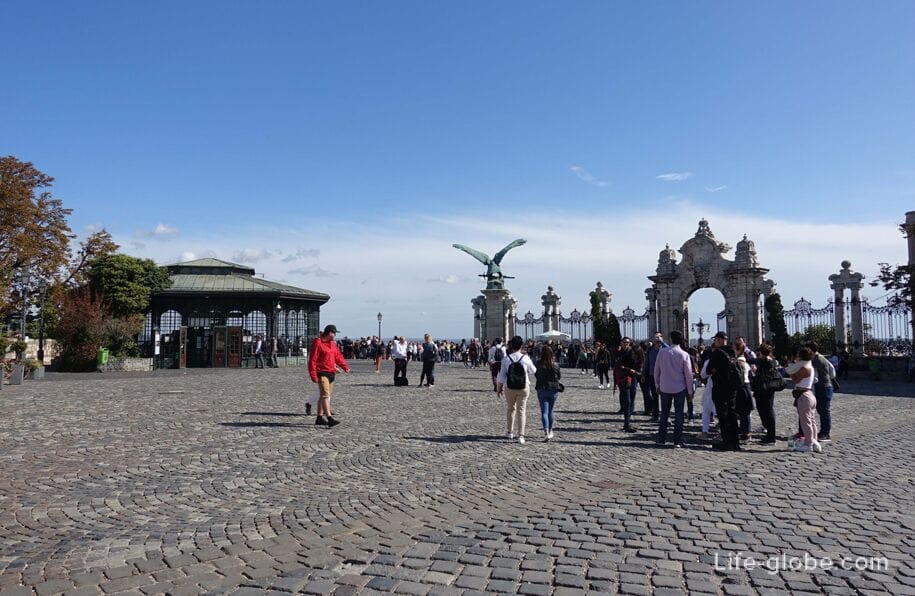
Photo of the lower station of the funicular

In the southern extremity of St. George's square, located two gates leading to the grounds of the Royal Palace.
South East gates are known as Ornamental and leads to the terrace near the Buda Royal Palace, which offers beautiful panoramic views of the Danube and pest.
These exquisite gates were erected in 1903, decorated with wrought iron bars in the Gothic style, marble columns and elegant staircase with a Central balcony.
On the Eastern column, widely spread its wings, sits the bird Turul, holding in the paws a sword of Attila and ran his gaze over the Danube. The mythological Turul was made by Gyula Donath in 1905.
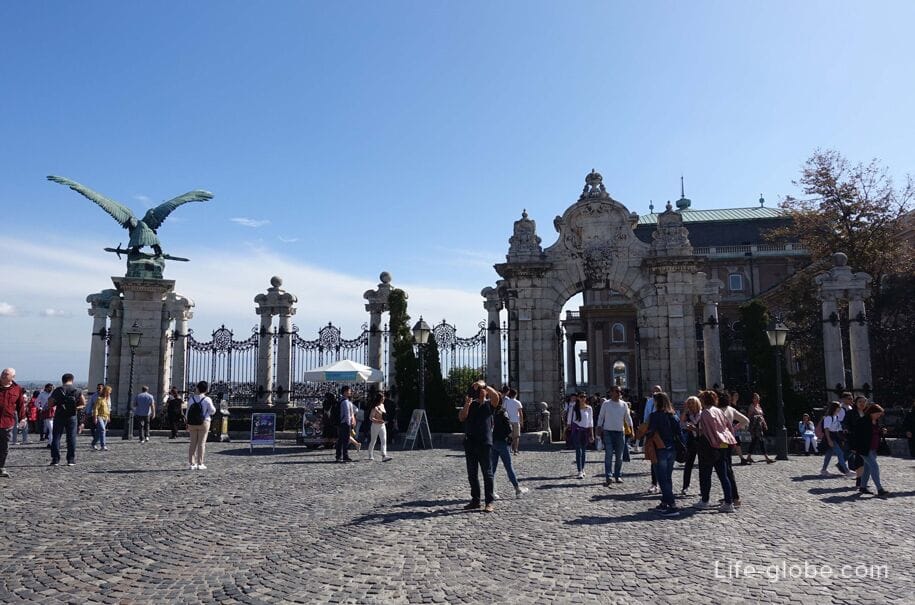
View of the gate from the Royal Palace

The South-Western gate, which bears the name "Corvinus", leading to the Western part of the Royal Palace and courtyard.
Corvinus is translated as "Raven". On the gate depicts a Raven sitting on a perch and clenched in the beak of a small ring. This composition, in fact, was a symbol of Royal Hungarian Arpad dynasty. Read more about the Royal Palace in Budapest...
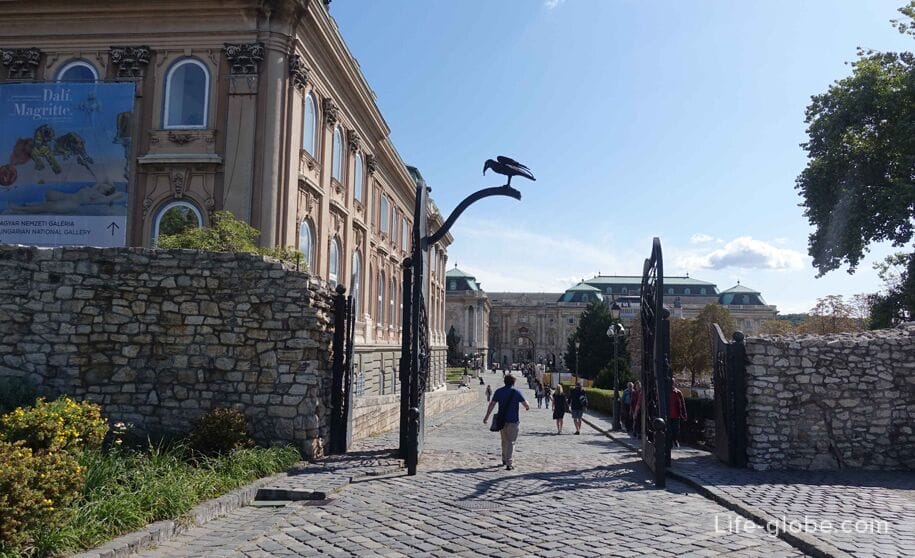
On the East and West sides of the square are the lookout point, which offers panoramic views of Budapest.
Eastern observation point is located between the upper funicular station and the Ornamental gates. It offers panoramic views of the Danube river and the district of pest, including Vigado concert hall, Gresham Palace, St. Stephen's Basilica and the remarkable Hungarian Parliament buildingwhich is one of characters and one of the main attractions of Budapest.

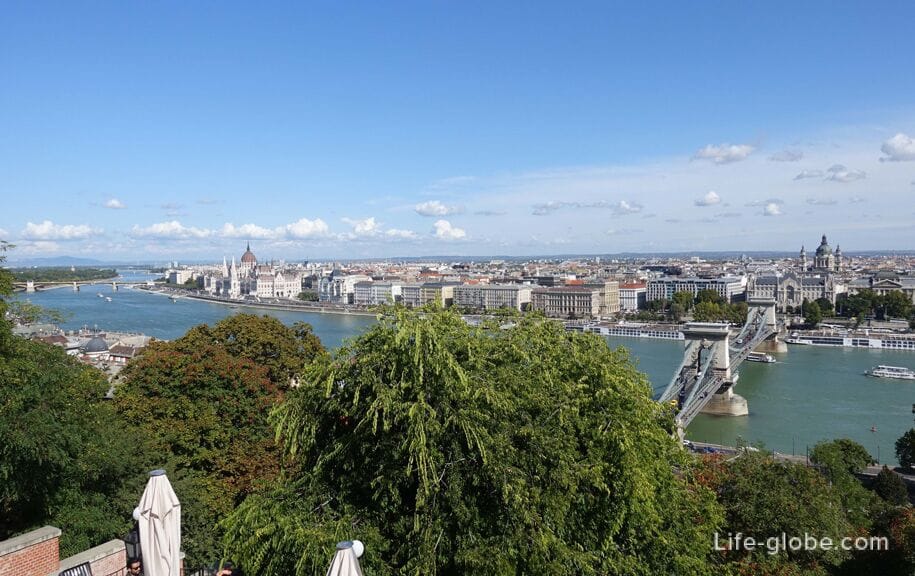
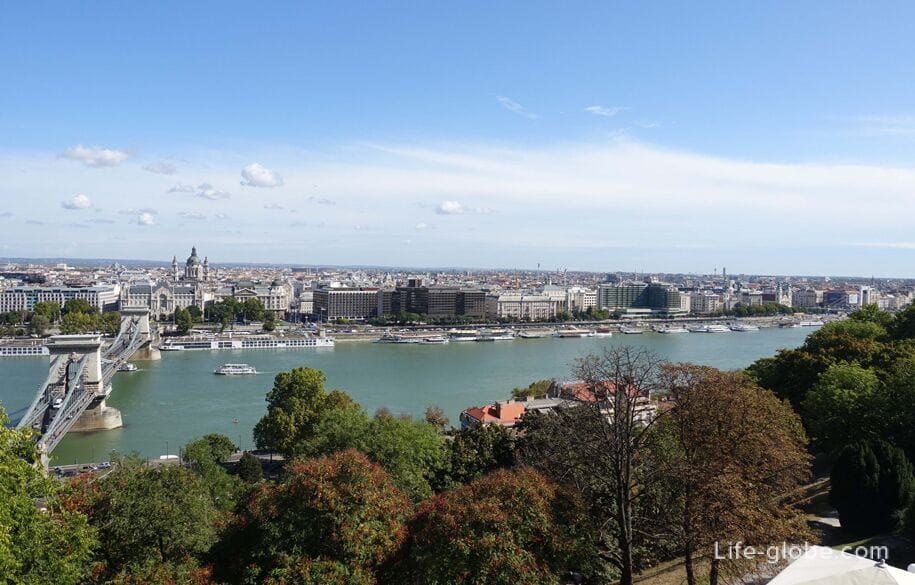
The West observation platform along the entire area of the former fortress walls, gives a panoramic view of the Western part of Budapest, including the district of Krisztinavaros (Krisztinavaros).


Walk from the Buda embankment. Take the Elevator or stairs on the West side of Buda castle (the district of Krisztinavaros).
On taxi, car, public buses No. 16, 16B, 116, 916.
The funicular to Castle hill.